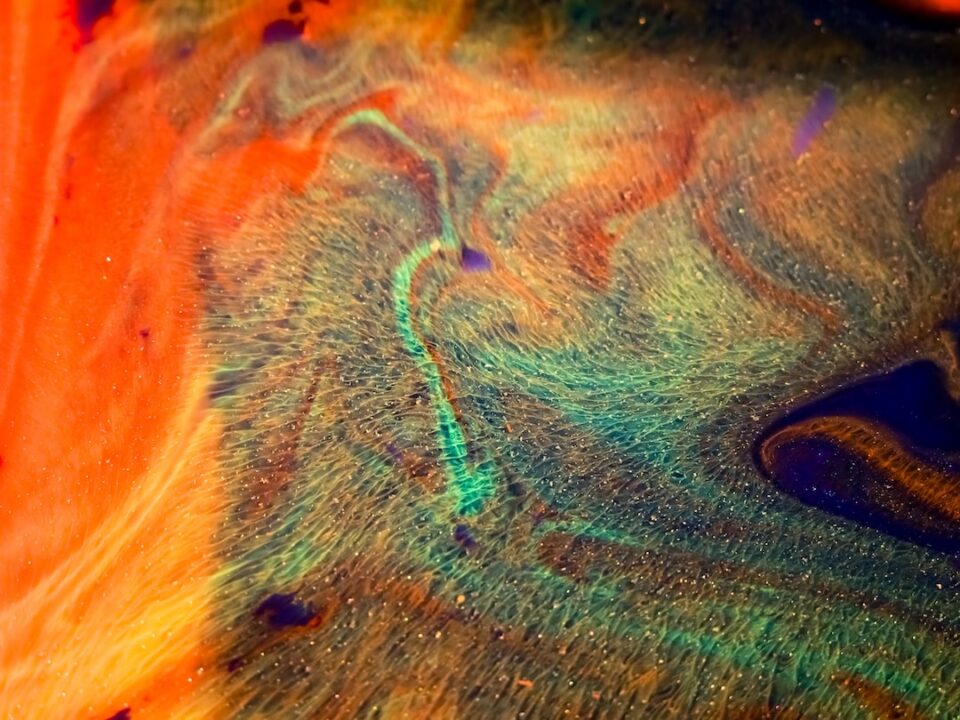Origami is a Japanese art form that involves folding paper into intricate shapes and designs. The word “origami” comes from the Japanese words “oru” (to fold) and “kami” (paper). Traditional origami consists of one sheet of paper without cutting, gluing, or marking. The art of origami has been practiced for centuries and has evolved into a modern form including complex and abstract designs.
Origami is often used as a form of relaxation and mindfulness, but it can be challenging and requires a great deal of patience and precision. It’s much more than just folding paper; it requires knowledge of the different folds, creases, and techniques involved in creating various shapes and designs.
The art of paper-folding can be traced back to the sixth century in China, but it was the Japanese who brought it to fame in the seventeenth century. Japanese origami is known for its intricate designs, and its history and development is strongly rooted in Japanese culture. The paper used for origami is typically thin and strong, and comes in a range of colors and patterns.
Origami is often associated with animals, but it can also be used to make everyday objects like boxes, flowers, and even furniture. The crane, for example, is a classic origami design, representing longevity and good fortune in Japanese culture. The traditional origami crane requires only one sheet of paper and is made using a series of folds, creases, and tucks.
Another popular design is the butterfly, which can be folded using a variety of techniques. The butterfly is often used as a symbol of transformation and change and is a favorite among many origami enthusiasts.
One of the most famous origami designs is the Miura fold, which was developed by Japanese engineer Koryo Miura in the 1990s. The Miura fold is a way of folding paper so that it can be compressed and unfolded quickly and easily. This innovative fold has been used in numerous applications, including space exploration and airbag technology.
In recent years, artists and designers have taken origami to new heights, creating elaborate and complex designs that push the boundaries of the art form. Some artists use origami as a medium for sculpture, creating life-sized animals and figures made entirely out of folded paper.
Others use origami as a design tool, incorporating it into fashion, architecture, and product design. The possibilities for origami are endless, and the art form continues to evolve as artists and designers push the boundaries of what is possible with paper and folds.
In conclusion, origami is an art form that has been around for centuries and has continued to evolve and grow in popularity. The art of folding paper into intricate shapes and designs requires patience, precision, and skill, but can also be a form of relaxation and meditation. Origami is not just a hobby, it’s a way of life that encourages creativity, imagination, and exploration. The possibilities are endless, and the only limit is one’s own imagination.


